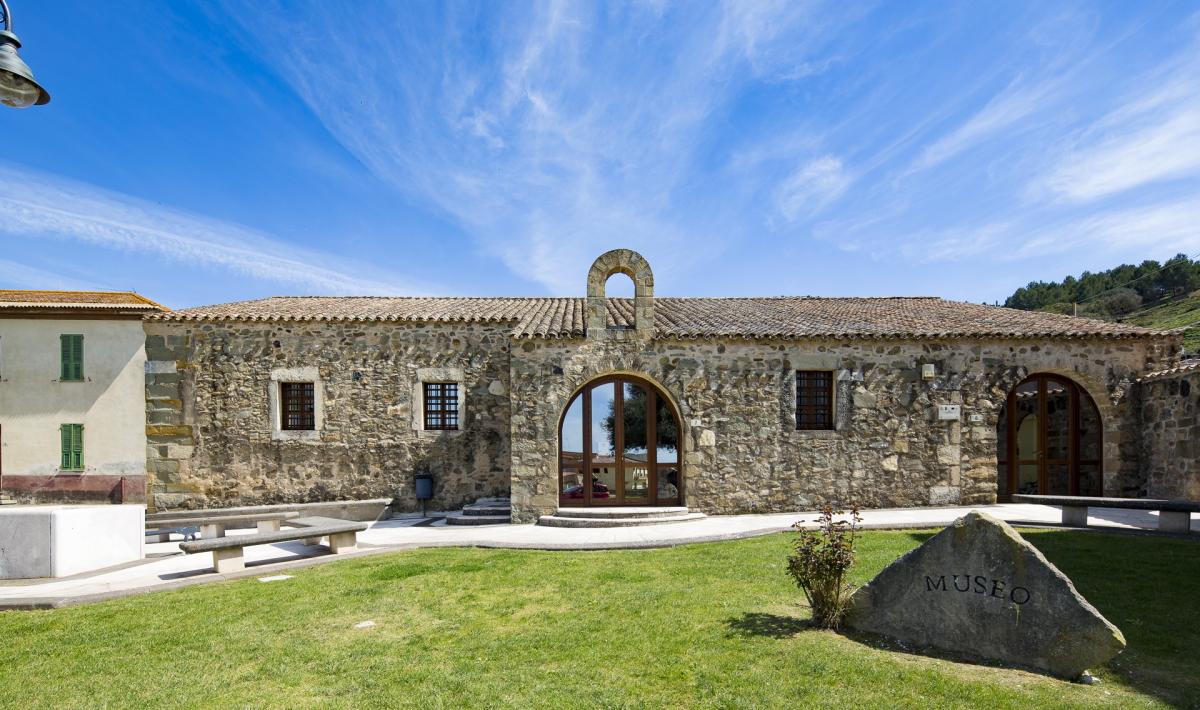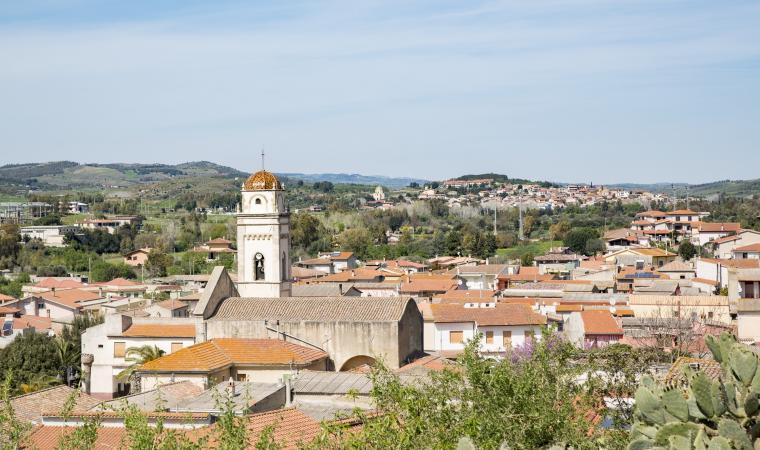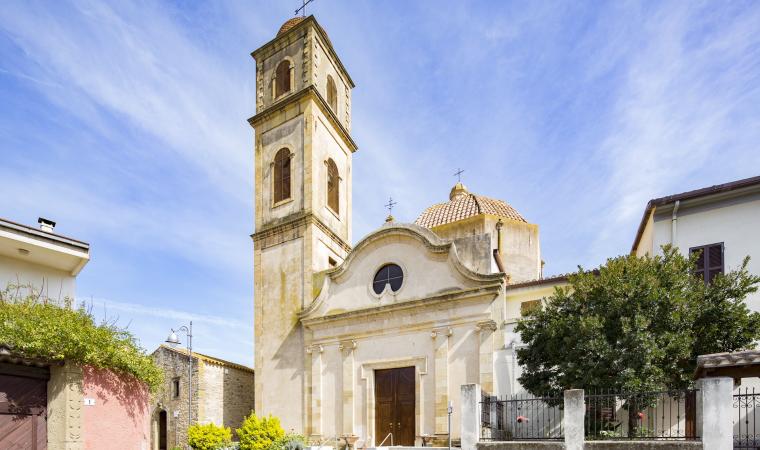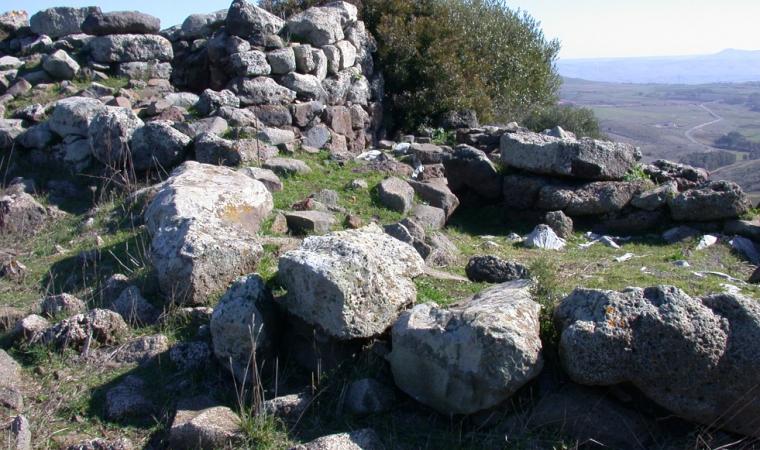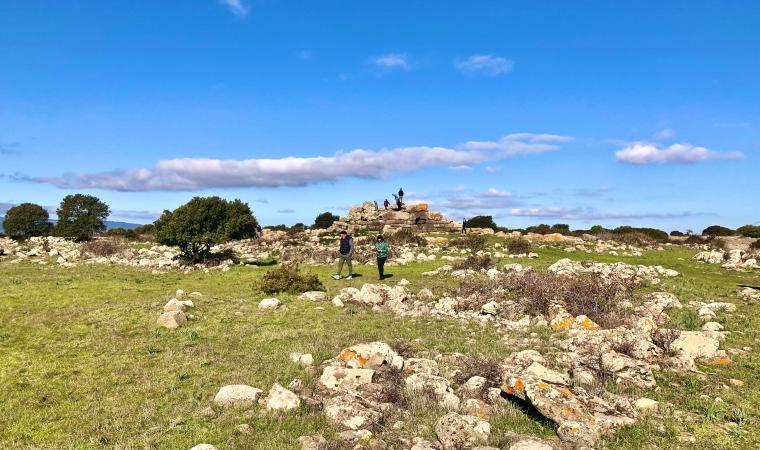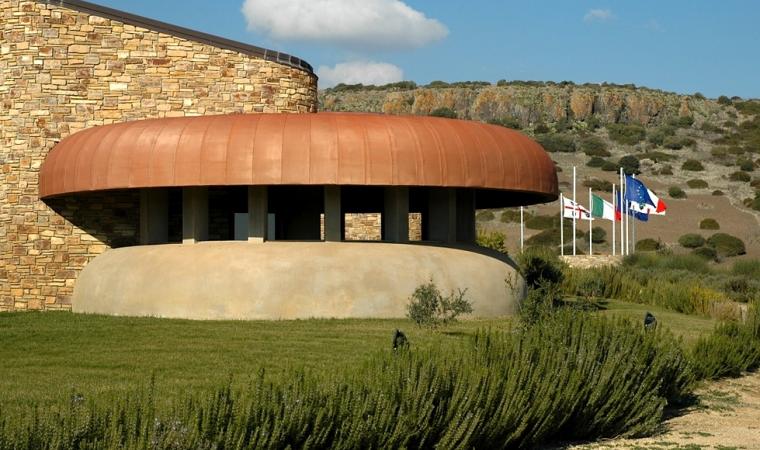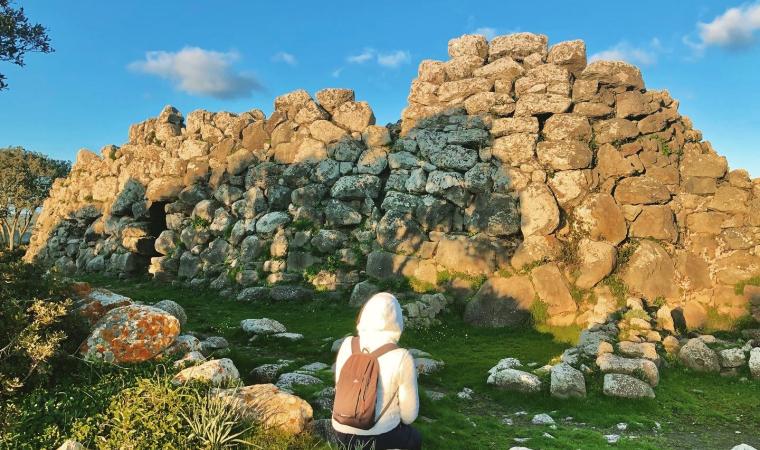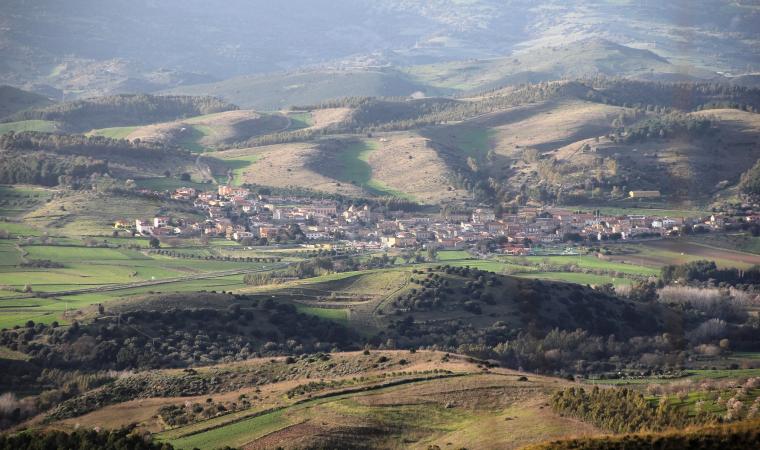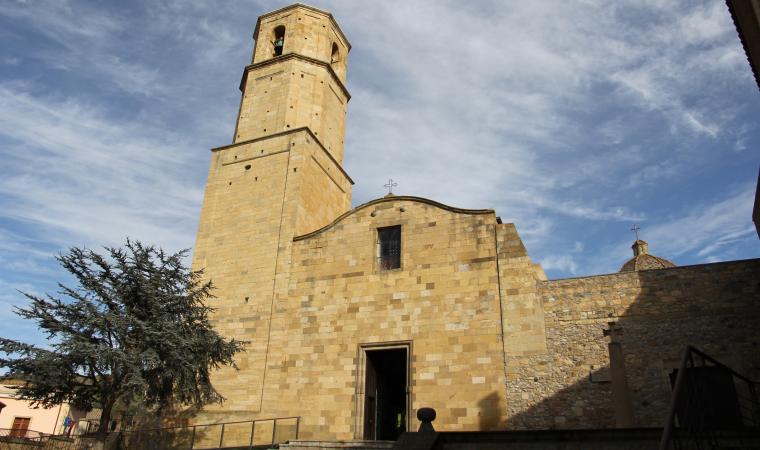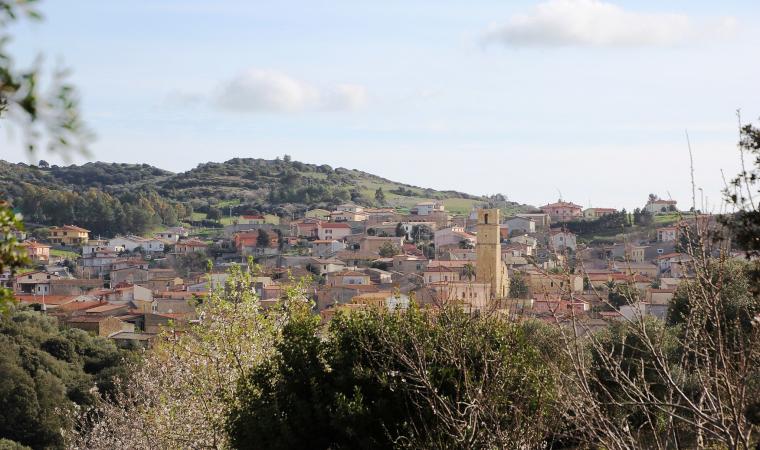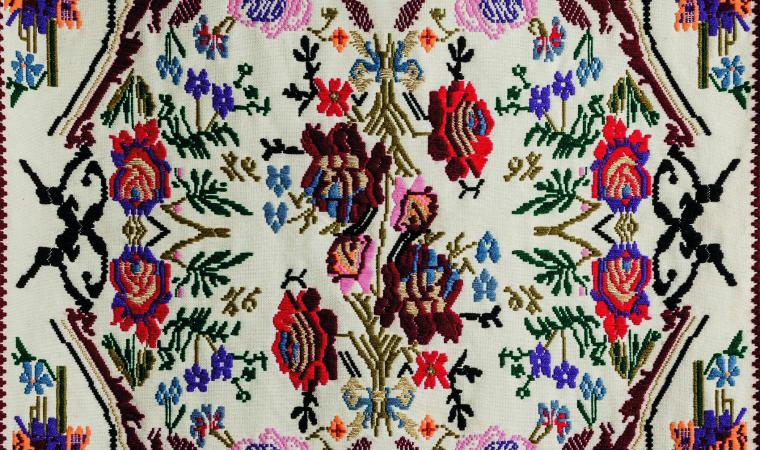Legendary figures, legends and tales of battle, assaults and brave defences: the most violent of times in Sardinia’s history are marked by vicious pirate invasions and are on display in a unique exhibit. The Turcus e Morus multimedia museum in Gonnostramatza is housed in the halls of the former monte granatico. The idea of bringing to life the dramatic era of invasions carried out by the fearsome Saracens comes from an epigraph preserved in the church of San Paolo, two kilometers from the town. Here you can see proof of the destruction of the nearby town of Uras de manu de turcus e morus e fudi capitanu del morus barbarossa (by hand of the Turks and Moors led by the Moorish pirate Barbarossa) on 5 April, 1515.
This historic invasion is the starting point for the telling of the events that spanned ten centuries (the 8th to the 18th) on the coasts and inlands of Sardinia. The multimedia tools have the protagonists themselves telling the stories they played a part in, with interactive touch screen video-portraits, life-size holograms and the reconstruction of coastal towers - built by the Spaniards to combat the pirates – as well as naval bridges on which the figures of the pirate stories move about. You can also see dioramas, models of boats and period weapons.
One of the halls houses the digital reproduction of the retablo dell'Annunciazione, painted in 1501 by Lorenzo Cavaro, the man who started the Stampace school of Cagliari. The original hangs in the parish church of San Michele Arcangelo. Among the animated figures you will see and hear are Barbarossian pirates, Christian slaves and Sardinian tower fighters, as well as Barbarossa himself and the others that took part in the historical events that plagued the Mediterranean between the 15th and 17th centuries. You will explore the village of Sèrzela, now vanished but described via archaeological remains and descriptive videos, home to the last remaining vestige, the little church of San Paolo. The village was a refuge for those inhabitants of Uras who survived the onslaught. The museum periodically organises educational events, and is accessible to the handicapped and the visually impaired.
Aside from the parochial church, built between the 17th and 18th centuries over a Gothic-Aragonian structure, and the old parochial church of Sèrzela dedicated to San Paolo, Gonnostramatza is also home to the little 16th century church of Sant’Antonio Abate, set along the old main road that connected with the nearby villages. The town is a member of the sa Corona Arrubia consortium, founded to raise awareness of the local archaeological remains, the most important of which is the Eneolithic tomb known as Bingia e Monti, where the oldest gold coin ever found in Sardinia was unearthed.

